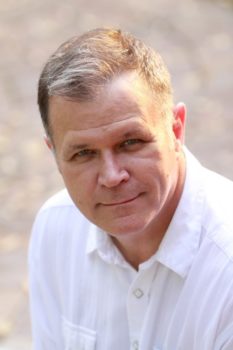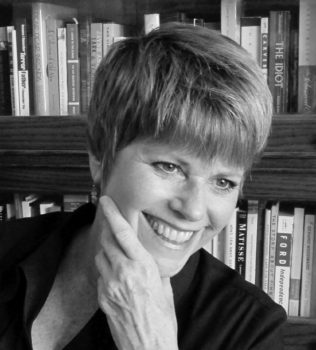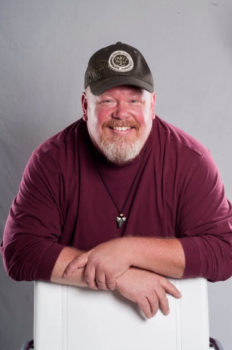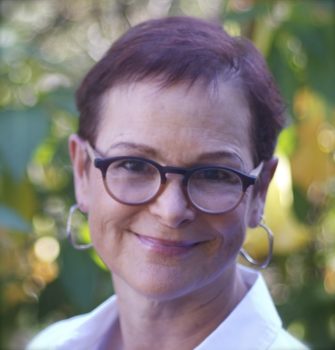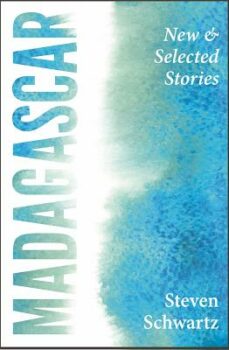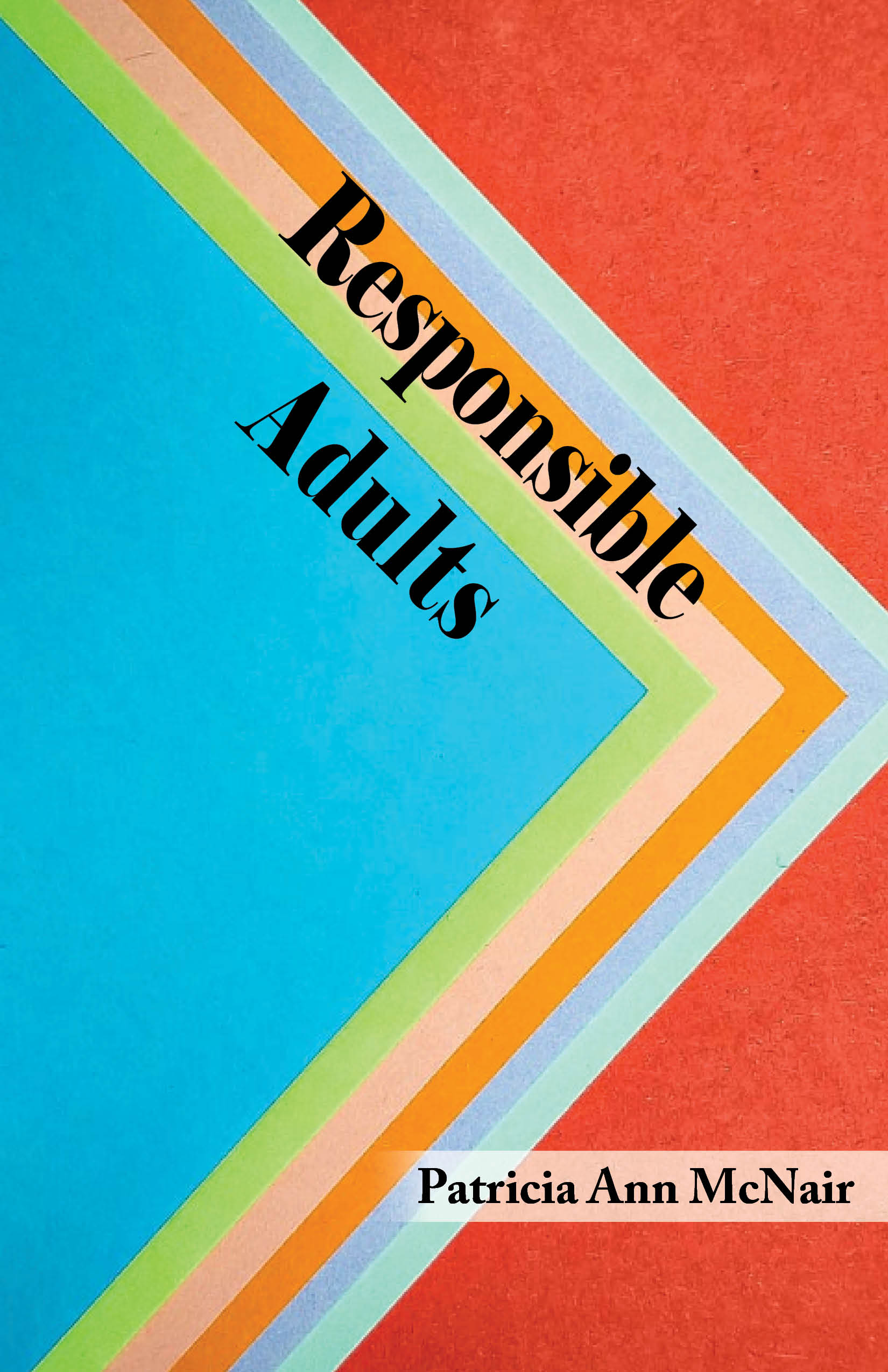The other day a student came to me, eyes bright, and told me she had an idea for a story. “Great!” I said, and she agreed: It would be great—once she actually wrote it. But she was having trouble with the first step. “How do you get started with a story?” she wanted to know.
Such a simple question, so hard to answer. What works for one writer won’t necessarily work for another writer. And what works for that one writer once won’t necessarily work for her the next time.
But how is that any kind of an answer?
I stammered something about shitty first drafts, but on the other hand some writers polished individual lines before stringing them together like pearls on a necklace . . .
The light died in her eyes before I could finish the thought.
Her question is still nagging me. She deserves a better answer. Actually, every writer deserves a better answer, because the truth is that a blank page makes beginners of us all. We all get stuck in the starting blocks sometimes. Take me, for instance, in my first efforts at this intro.
At first, I tried to launch into a “shitty first draft,” but I couldn’t think of anything to say. That’s when I remembered that sometimes even a shitty draft feels like too much pressure—because to me a draft implies some semblance of shape and order—so instead I backed off and made “notes toward a draft.” Think of this as the written equivalent of talking to yourself. Musing. Casting about. When I do this, I write in first-person plural for reasons I don’t understand (maybe it helps me feel less alone?). For example:
Maybe we could start with the thing that set all of this in motion—that student who had an idea stuck in her. Right. Would kind of frame the problem. What did we say to her?
You get the idea. I’m playing with possibilities, thinking on the page, writing toward discovery. Outside of this instance, no one will ever read these notes (why would they? it’s not even a draft) so there is zero pressure, which gives me permission to meander and explore and go down rabbit holes. These notes are not the piece itself; they’re merely a “door to let you in” to the draft, to borrow a phrase from Marlon James.
Sometimes these notes get traction and turn into a draft, usually without me consciously noticing the transition. Other times the process is like panning for gold: the notes are a big scoop of mud and silt that I can sift to find a couple of flakes of gold (if I’m lucky) to use in a future draft. Still other times, the approach goes nowhere, yields nothing. If I can say anything for certain about writing, it’s this: no strategy is surefire.
That’s why I won’t end this piece here with a cheery suggestion to try “notes toward a draft.” I’d rather offer an array of approaches. The more arrows in your quiver, the greater the chance that one of them will fly true at any given time. Toward that end, I asked five writers how they moved from idea to draft. Hopefully, one of their approaches will unlock something for you, but the only way to find out is to try them for yourself.
Steven Schwartz, author of Madagascar: New and Selected Stories and other books
It starts with a mystery to solve. Not the whodunit kind but curiosity about a character’s inner life. Someone might (as happened recently) tell me about a father and son living together who are both widowers. It’s the mention of both widowers that touches on my own relationship (inexhaustible for fictional mining) with my father. I recognize intuitively this is my material, if not my experience.
Then it becomes a matter of finding the voice, trying out sentences for clarity, accepting clumsiness to get me where I need to go. Mostly, I want to know how this happened to the men, how they deal with the pain of their respective losses, whether they take care of each other or not, and if they’ll ever find peace.
I haven’t written this story yet; it may take months or years; but eventually some other activating piece of the story will occur to me and the process will begin in full force. From then on, it’s a feeling of excitement and flow one minute, and an unpleasant regurgitated taste the next. Inevitably, I’ll hit a wall, put the draft aside, and, as with a recent story that lay dormant for three years, come back to it with fresh eyes and realize what to do.
Dan Barden, author of The Next Right Thing and John Wayne: A Novel
I have no idea—ever—what I’m doing. To pretend otherwise might be the unpardonable sin. I try to write every day. I pray for guidance from whatever God will have me. Most of the sentences and paragraphs that I compose come to nothing. All is despair and waste. And then, every once in a while, a book or play or a story emerges from this human ruin (me) that lives between heaven and my keyboard. When that happens, when I think I have something good, I outline like a mofo. I pretend everything is a Hollywood blockbuster that the careers of thousands of people depend on. I pour it all into a three act structure. And then, hopefully, someone pays me. And then, after that, despair returns.
Patricia Ann McNair, author of The Temple of Air, stories, and And These Are the Good Times, essays
A combination of silence and trickery, that’s what I use to get going on a first draft of anything. I am a firm believer in the journal, of feeling the paper against the side of my hand as I scribble away with a pen. I do this most days, with a mug of coffee (already gone cold, I don’t know why my coffee is cold by the time I sit down, but it is; I am a lollygagger at heart, I suppose) in the morning quiet.
Silence. Okay, not really. I live in Chicago, and there is always noise close by. The sound of the chickens who live in a yard behind my own. And the arguments between the neighbor kid and her mom as they leave the apartment next door each morning: “I don’t want to bring my lunch. No one else brings their lunch.” “Good, you can starve then.” The precious noise of someone near singing silly songs to his cat. And the peculiar sound of my downstairs neighbor moving about with a walker (chick, scrape, thunk, chick, scrape, thunk) his Parkinson’s having turned him into someone slower, quieter, than the man who used to walk so briskly and heavily up and down his long hallway that the whole building vibrated a little.
And that is the trickery. When I sit with my journal and begin to record these things in the pretend silence, stories emerge, and I trick myself into thinking I am writing one thing (plain old observations) when I am actually moving to something else (narratives, stories, chapters, essays.) “Ernie heard the yelling first . . .” I’d listened to the maintenance guys on my roof yelling one morning. Then that Ernie line happened in my journal, and it became the opening to “The Twin,” a story from my collection.
It isn’t always sound that starts this process. Sometimes it is something I saw, sometimes it’s a memory I carry, sometimes a story I overheard and manipulated to my own needs. But with very few exceptions, it starts in the journal. “I hit a deer once,” a memory, became “And when you see it there on the side of the road (above it, really) it’s already too late,” the first sentence of my piece “Deer Story.” Staring into my cold cup of coffee started me scribbling in my journal what would become “Drink It,” an essay I was thrilled to have published in Brevity some years ago.
And so, the first draft is started when the act of recording slides almost imperceptibly into the act of creating. After that I spew and spew, start, stop, start again. Once I get started I am akin to what Kurt Vonnegut calls a “swooper,” writing the story higgledy, piggledy, crinkum, crankum (his words), moving back and forth between journal and keyboard, trying again and again. It can take days sometimes (rarely) to get it right; most often it takes months, not unusually it can take years. But still, it always, always, always starts in the journal, and it (fiction or not) is always, always, always inspired by something—dare I say?—true.
Michael Poore, author of Up Jumps the Devil and Reincarnation Blues
I build a fire. That’s how I start a novel.
Not an earnest, responsible, Cub Scout fire, either, but a gas-fueled pagan nightmare; the kind of fire that goes WHUMP when you light it. One time I propped up an old bathroom door in the pit, and that was pretty great . . . a door to nowhere in the backyard. WHUMP!
A novel needs ritual space. It’s too big to exist in my day-to-day, burrito-eating, Facebooking life. Creating something that huge and audacious is not a task that will fit between mowing the lawn and giving the dog his itch medicine. It needs its own mystical pocket universe.
It doesn’t stop with the fire. Good ol’ Joseph Campbell would say that the fire represents a threshold, a passage into a zone of magnified power. It begins a journey which, if successful, ends when I return with a divine boon: a novel ready to write.
Along the way, I commit acts of pretending that are worthy of a five-year-old. (Maturity, in its traditional forms, is a gift I have yet to receive. I’m like the Kung Fu Panda, without the Kung Fu.) For example: This year, I embarked on a novel about the young Captain Ahab. At Thanksgiving, I spent a trip to Kansas City imagining I was sailing onto dramatic and unknown seas. Not an easy trick in Missouri.
Before the trip, like Ishmael ashore in Nantucket, I had prepared. I made notes and brainstormed ideas. I gorged on research. I wrote practice stories and character studies. I drew sketches. I drove my Jeep waaaaaay out into the country at night, drinking coffee, eating gas station snacks, and making plot notes on my iPhone. I made a detailed, chapter-by-chapter outline. Then, in late November, I took to sea, returning with the first five pages of actual story, acquired in the mystical hills north of Kansas City. From that point, the first draft will spill out in a rush, going where it will, with the outline for a safety net. And the first draft is a journey of its own. Another burning door and stormy sea.
My process notes reflect these dreamings. They are a record of what I did, writing-wise, on any given day. Maybe I drew up part of a chapter outline, or dug for sources on nineteenth-century Nantucket social strata. Maybe I wrote some dialogue, to probe for the story’s voice. But my notes are also a record of pretendings, of following narrative threads from behind the wheel of a ship, in the mountains of the moon. These journeys make the launch of every project a story in itself . . . an act of fire and witchcraft, conducted behind the shed in a ballcap and gym shoes.
Diana Wagman, author of Extraordinary October and other books
An idea! It usually comes to me in the early morning—often pre-dawn—in that weird muddle between waking and sleeping. The hypnagogic state on the threshold of consciousness is prime time for me. Pictures flow into my head, characters in situations and places and even the weather, and I’m a visual writer, so that’s always how a book begins. I see someone: a young woman on a tour visiting an ancient Greek temple and she wanders off from her group. Who is she? Why is she there? What is she looking for? Looking, wandering, the two words knock together and infuse this character, along with related words like searching, discovering, wondering, and meandering. Sometimes I grab the pad of paper on the nightstand and make a list of words and images. Her yellow skirt. The tour guide’s hoarse voice. What is she looking for? That question and my desire to find out gets me out of bed. I make coffee, walk the dogs, work if it’s a work day, but all the while I’m looking for that girl, wandering through my mind with her, following her to find out who she is.
When I get home, I start to write. Most importantly, I go wherever she takes me. That’s what a first draft is for me: a chance to try everything. I write that she’s visiting the Parthenon for a few pages. No, I write that she’s visiting the Pyramids of Egypt. Another page or two. No, after describing the sand, the stone, the blue sky in each place, I throw it all away and decide she’s in Williamsburg, VA, that crazy restored colonial town with people in costume. I know it’s not the most efficient way to work. I write too much and throw most of it away. I start with a visual impression of my character and I write my way into her story. Does she go shoe shopping? Why not? I write that scene. What kind of shoes does she want? Where—in colonial Williamsburg—would she be able to buy shoes and what would they be? Big buckles or moccasins? I write everything I think of in a first draft. Any idea. In my latest book—not yet finished—I went down a rabbit hole in the first draft and a minor character blew up the Washington Monument. It was fun to write. Lots of pages with him sweating in the July heat, wearing a big coat over his suicide vest, watching the people he was about to kill. None of that has made it into this current almost final draft. After writing it, I realized the bombing took over the entire book—too big an event for this story. But it wasn’t wasted time. It did help to fully realize my main character. What I wrote about her reaction to him and to the event, her anger, her fear, has remained in a mutated form. I know her better because of this.
Maybe it’s not an appealing image, but I think of writing a first draft as regurgitating onto the page everything inside me. Once, on my agent’s recommendation, I wrote an outline for a book about a baseball player. I worked hard. I was detailed and systematic. I turned it in and no longer wanted to write that book. It was done for me. I need to discover something new every day. I have to be as surprised by my work as any reader. The idea that anything is possible is what propels me through my first draft.
All those paths to follow are why I get out of bed and keep writing. Two days or a week later in my hypnagogic moment, I might see my character, the wandering girl, in an apartment in Washington, DC with snow falling outside. In my half-asleep mind, she’s wearing a colonial dress. I don’t know how, why, or if that connects, but I’m excited to write until I find out.
I’d like to end by pointing out a pattern: As I read these answers, I’m struck by all the thresholds. Some are as mundane as waking up, some are as big and weird as a flaming door. Others are abstract: the threshold between reality and fiction (McNair) or the threshold crossed by someone else’s story when it truly becomes your own (Schwartz’s widowers). Ultimately, though, these answers are all about the same threshold. It’s the one you cross when you step into the unknown, the threshold between not-writing and writing.



